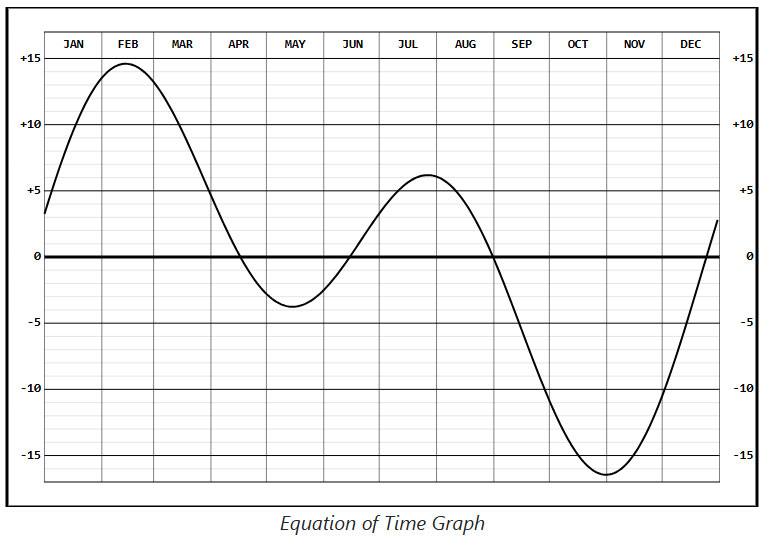29 September 2025 Bridlington
This picture has all the met office areas on.
Cycle this morning into Brid along the harbor for a change time about 0930 so stopped to check my watch Mmm ? Did notice Lat and Long on the floor near the sundial wondered why it was there.
A sundial tells the time, but usually the time it shows won’t agree with normal clock time. That is because the sundial measures a different sort of time.
To convert from ‘Sun Time’ – technically called ‘Local Apparent Time (LAT)’ or ‘Local Apparent Sun Time (LAST)’ – to ‘Clock Time’ follow these steps, using the Equation of Time graph here. The procedure is also shown in a flow chart below, and there are some worked examples too.
Step 1: Read the time from the sundial (LAT).
Step 2: Use the Equation of Time graph to find how much to add or subtract on this particular day.
Step 3: If your sundial is not already adjusted for longitude, work out how much to add or subtract for the difference in longitude between you and your time zone. (4 mins per degree, + for west, – for east). If you’re not sure if has already been adjusted, see below. If you need to find your longitude, use the Latitude and Longitude Finder.
Step 4: add 1 hour if it is ‘Summer Time’ (BST/DST) – in the UK, from the end of March to end of October. Be aware that some sundials could be displaying BST – if 1 o’clock is in the centre, rather than 12, then this is probably the case, in which case you would subtract a hour if it is not BST.
You now have the ‘Clock Time’ shown by your sundial.
A lovely cannon very old.
Carried along to the South Bay and spotted all these spitting water out of their mouths.
The hardworking women gave that love and devotion in plenty, symbolised by the knitting of the beautiful Ganseys (fine, hardwearing woollen sweaters) they made for their menfolk to wear at sea. Their support was a vital part of survival!”
The tradition of knitting beautiful ganseys is particularly prevalent in this area of the coast, and incorporates a rich tapestry of symbolism in the patterns. Each village had its own pattern and each of the fishing families created their own variations. The names of many of these families have been engraved on the small fishes that swim around the Gansey Girl plinth on the harbour. The hardworking women gave that love and devotion in plenty, symbolised by the knitting of the beautiful Ganseys (fine, hardwearing woollen sweaters) they made for their menfolk to wear at sea. Their support was a vital part of survival!”
The tradition of knitting beautiful ganseys is particularly prevalent in this area of the coast, and incorporates a rich tapestry of symbolism in the patterns. Each village had its own pattern and each of the fishing families created their own variations. The names of many of these families have been engraved on the small fishes that swim around the Gansey Girl plinth on the harbour.






Very informative Darian, especially about the Gansey Girl who did all the knitting, lovely plinth with all the fish that swin round her. Not to mention the sundial, that’s mind boggling. Hope you enjoyed your coffee and cake, looked yummy 😋